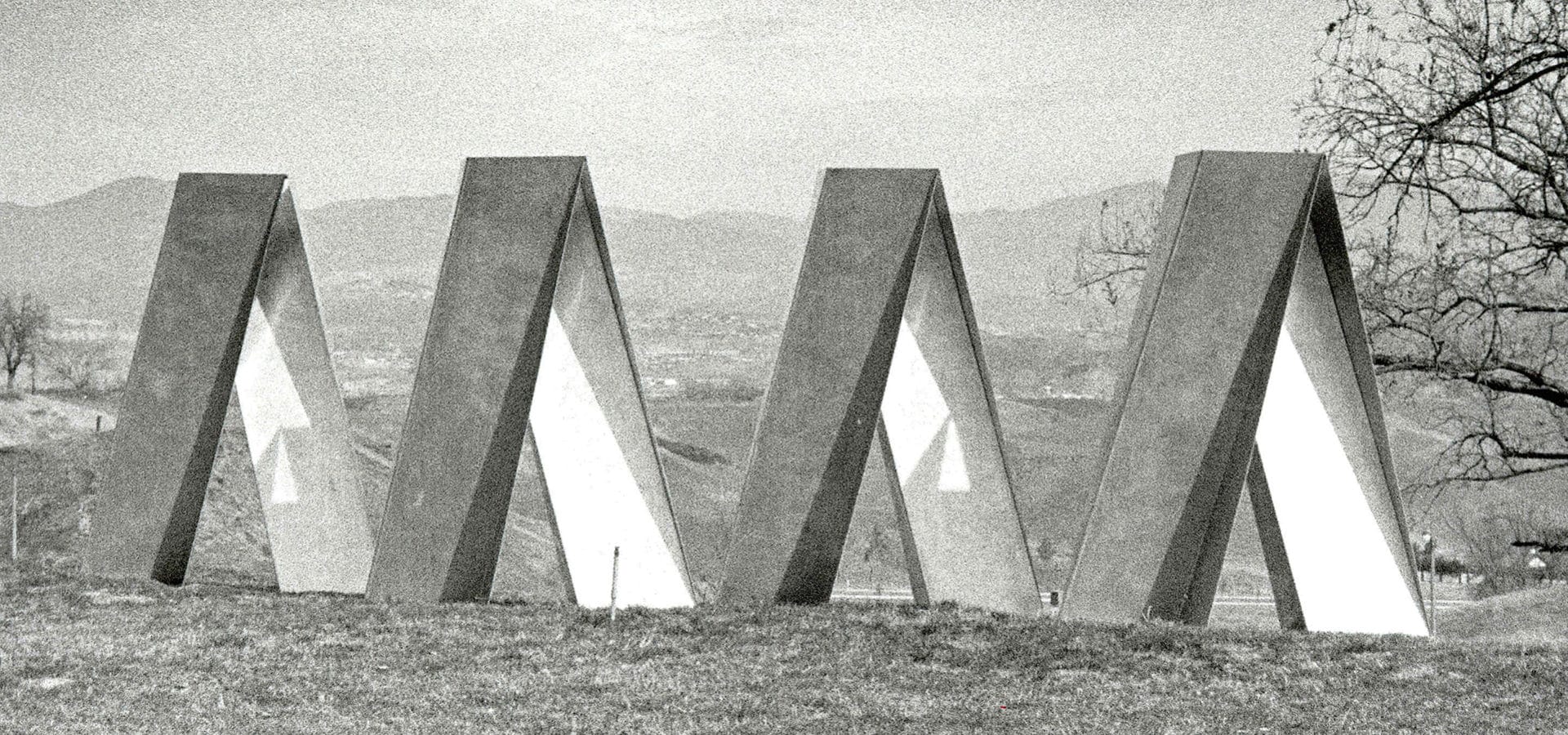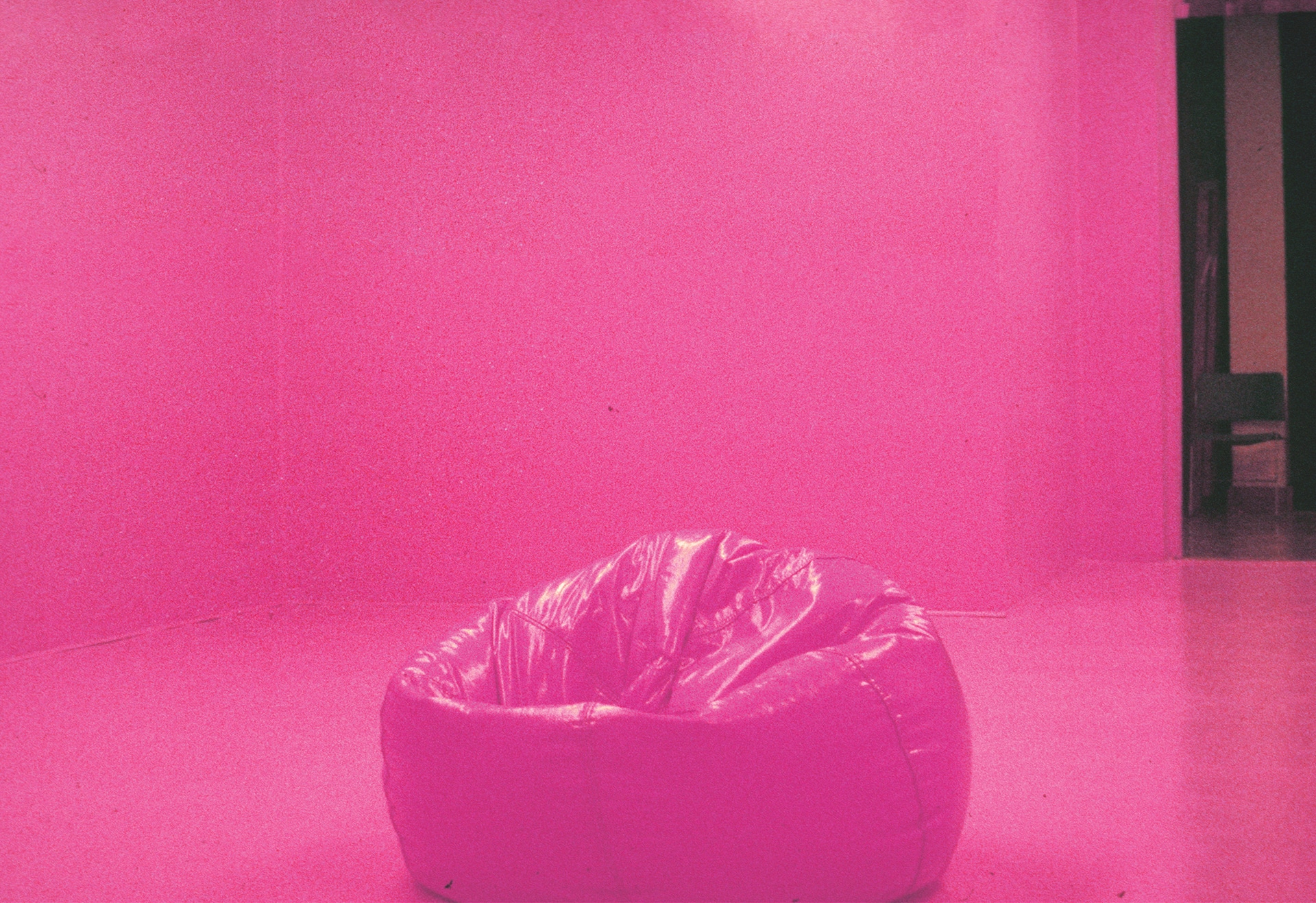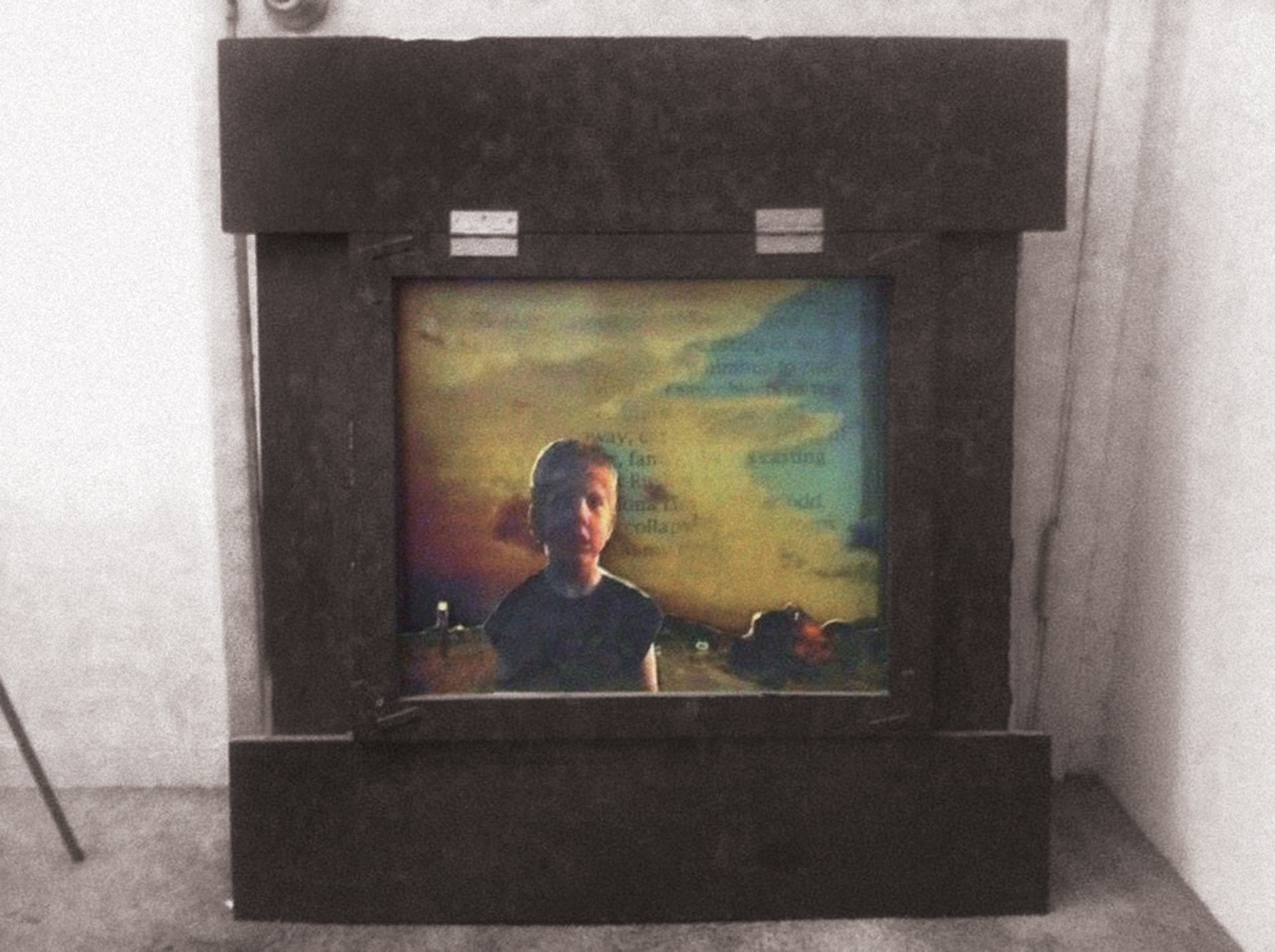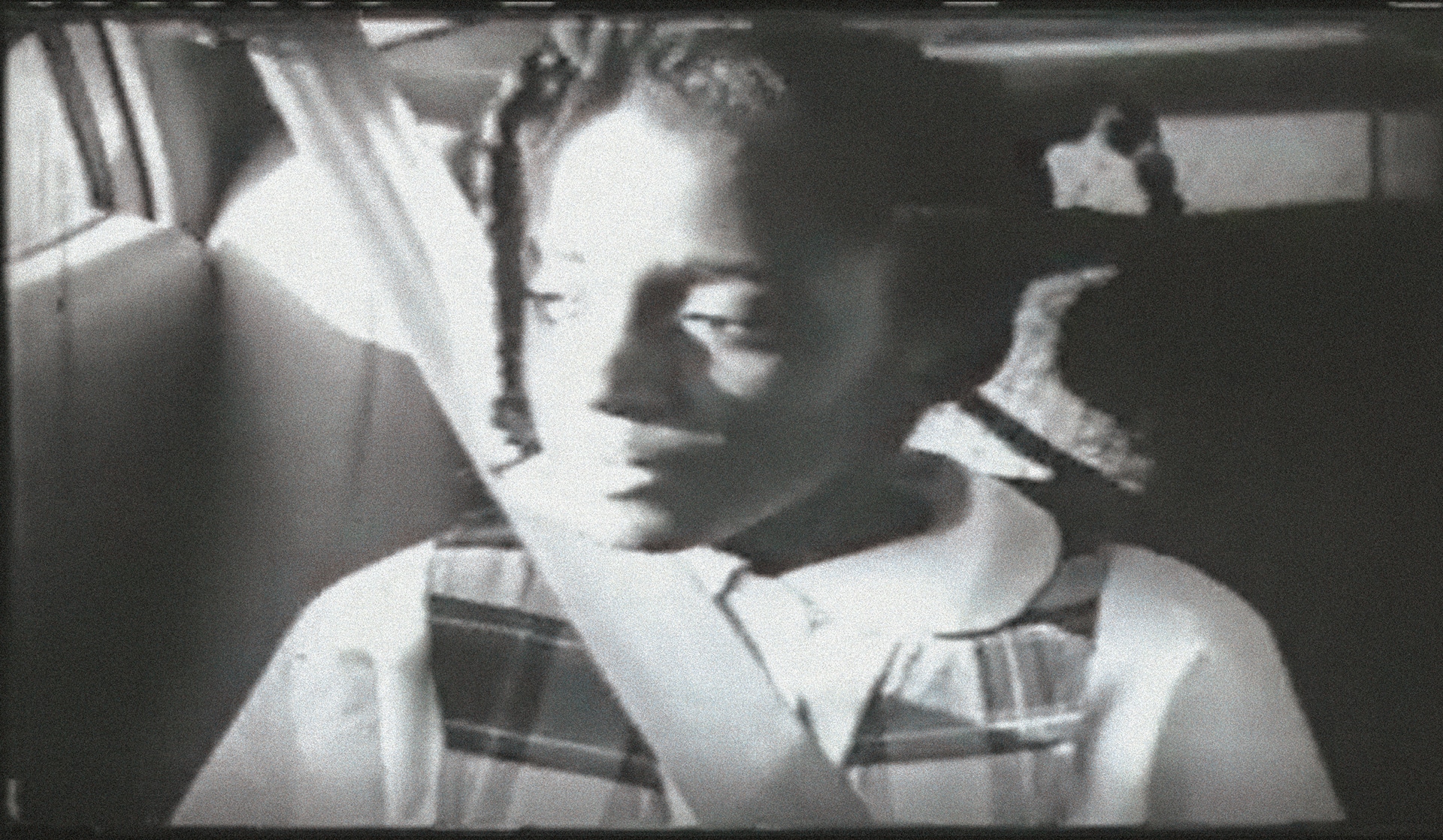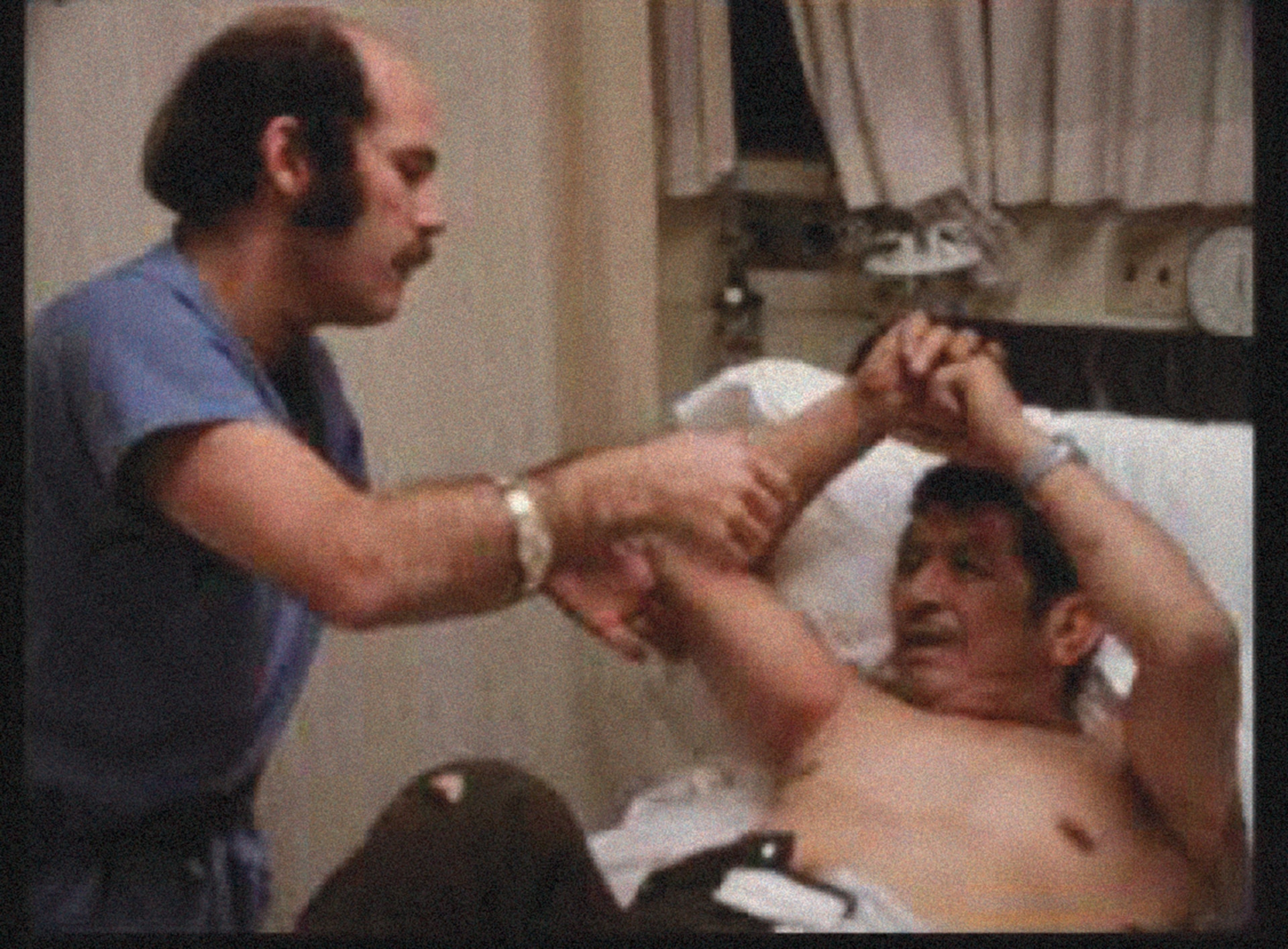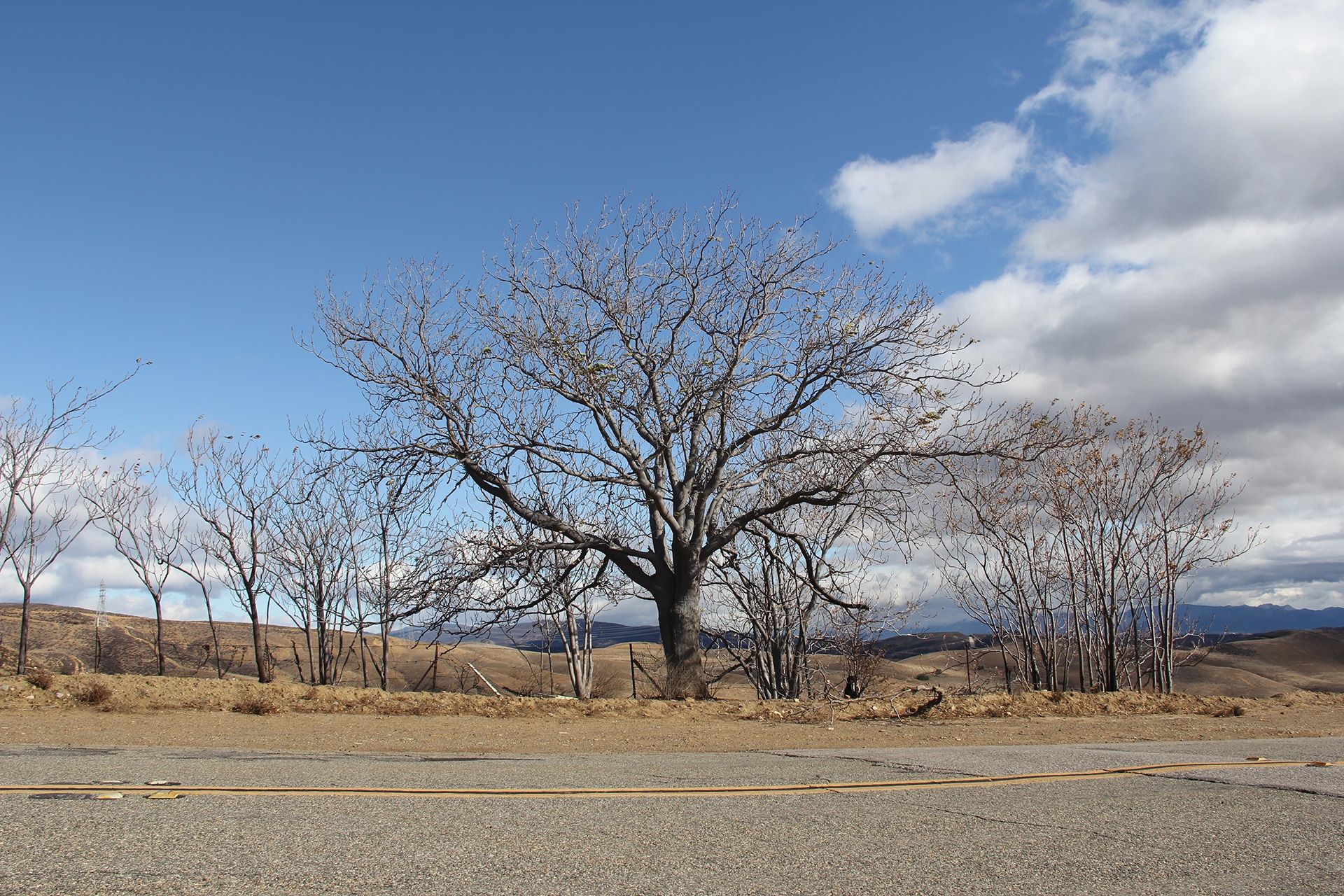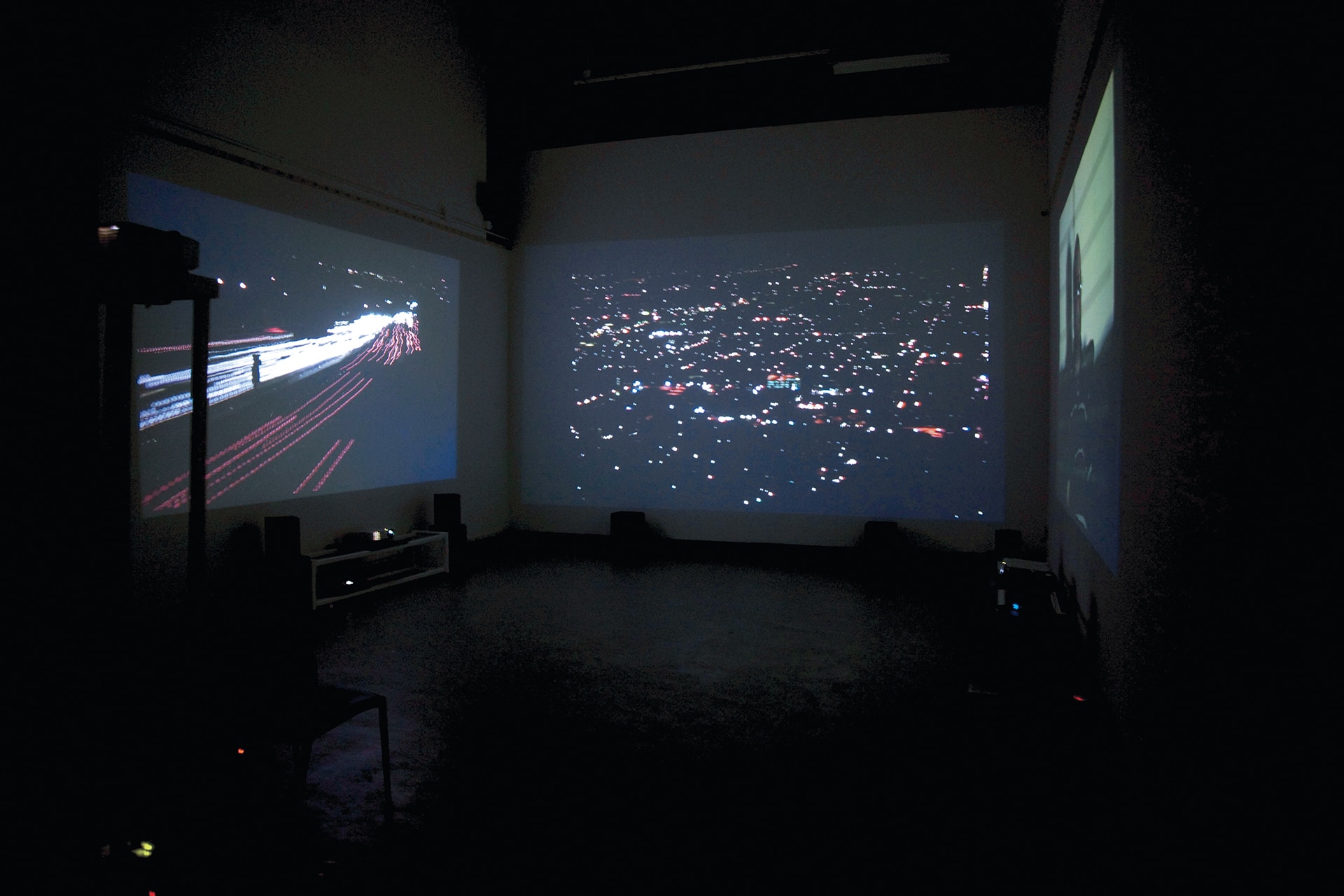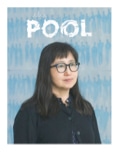Whether their work at CalArts led to a career in the arts or their lives took a different turn, CalArtians often have one formative piece they still think about years later. The Pool invited alumni to reminisce about a piece of work that they did as a student that still resonates with them today. Here are some of the responses.
Steven Avalos
Theater BFA 82
There were a few projects that stand out. Robert Benedetti’s production of Brave New World is one that I still recall, in part because the novel is now part of the curriculum for my 10th grade English class, and I extend the ideas into 11th grade when we read portions of Neil Postman’s Amusing Ourselves to Death, while examining the effects of perpetual entertainment and ubiquitous technology on our culture. But the project that is the most memorable was our senior showcase production of Edward Bond’s dark play, Saved. I feel it was my best performance while at CalArts. I also had the opportunity to do a scene with a baby, and you can’t lie to a baby! In one performance, I put the baby on the bed, and she started to fall forward—I really had to be in the moment! Jules Aaron directed the production, and it was a pleasure working with this talented man. It was also the first time I performed at a theater in “the real world,” rather than on campus.
Jon Barlow Hudson
Art MFA 72
Since we could get materials from government surplus, I obtained several large sheets of aircraft aluminum, with which I made Vortex I: Jax, and another large piece for my graduation exhibit. I also created a sand sculpture performance/installation piece on the beach that was filmed by Jean St. Pierre.
Georgi Ann Coquereau-Kimi
Art MFA 86
The 1979 Shadow Series/Untitled that focused on given obscure situations, utilizing parts of the objects casting shadows, translucent light reflections. Originally influenced by my many solo travels, starting at age 8, sneaking into gas station bathrooms at night for safe shelter, where the walls became a mini theater of shadows and highlights as cars whizzed by. With a more formative training at CalArts, the project continues to metamorphose in the form of a book (Gas Station Bathrooms I Slept In) and interactive environmental installations at the Meguro Museum, Tokyo (2013–15); A.I.R. Vallauris Gallery, Vallauris, France; and more recently Can Serrat Gallery, Barcelona, Spain, where I displayed a plexiglass sculpture in the form of a book, that allowed one’s facial reflection to integrate with the transparencies, inviting the viewer to interact in one’s own frame of reference. Upcoming new interactive work: Koto Cultural Center Gallery, Tokyo, Japan: July 21–26, 2020.
Michael R. Darmody
Art MFA 89
Holding Cell was a 1988 installation in Gallery A402, at the beginning of my second year at CalArts, and lasted from Oct. 16–22. I painted all six surfaces of the gallery a vivid pink color and placed a pink bean bag chair in the center of the empty room. I also removed the doors and the wood kick guards and mudded the corners to be rounded, all so that the space would be as featureless as possible, like a cloud. The color was chosen based on research that claimed that the color pink caused automatic tranquilizing effects on the body’s nervous system. On the wall next to the entrance was an explanatory sign detailing the color’s use in jail holding cells as a means of sedating new arrestees. The original inspiration for this came from reading Foucault’s work on prisons, specifically the use of panopticons, and from my acquaintance with a deputy who showed me the Orange County jail’s version of a panopticon. Holding Cell was designed to be obviously suggestive and intentionally manipulative. Some people thought it was intended as a critique of the “institution” (CalArts in particular, as well as the whole art world). Some people even saw in it a feminist critique. It marked a turning point in my career, both as a grad student at CalArts and as an artist. My mentor, Michael Asher, was suitably impressed, as he had been worried whether I was getting anything out of being there.
Jeremy Hight
Critical Studies MFA 98
In my thesis project for my MFA in the Writing Program, I shot a video in the desert, edited frames in Director, printed on acetate, and then back-painted it to appear like paint. The frame had hinges that could be opened. Once opened, a hidden motor began to move the text within the blank spaces, and the boy (which was a main part of the composition) lifted on the frame. Death of the author and analog interactivity. It was a ton of work and inspired my later works, which are now in museums and published in conceptual books. Thank you, CalArts.
Lyn Horton
Art BFA 71, MFA 74
In 1971, the campus of CalArts was located at Villa Cabrini in Burbank. The administrative offices were in temporary trailers at the back of the campus. The registrar, Carolyn Homayounfar, whose art deco–like signature all official documents bore, had her office in one of these trailers. It was time to submit my experience report for the end of the year. I had been working on it for weeks. The form of the reports was determined by the artist; years later, they became more formalized. My report landed on pages and pages of onion-skin typing paper; on each page was typed a “+,” “–,” or “0,” denoting a systematic, abstract, non-emotional conceptualization of every day of the school year, for each course I took. These pages were bound in close to a dozen black books. The day that I submitted the report, it required three trips to place them in the Registrar’s Office. Everyone in the office was astonished and had no idea what to do with the books. I left them there. In the end, three pages were Xeroxed for the school records, accompanied by a description of their meaning. The books were returned to me. I still have them. A fellow student, Bernard Cooper, wrote about this event in his memoir, My Avant-Garde Education.
“On pages and pages of onion-skin typing paper was typed a ‘+,’ ‘-,’ or ‘0,’ denoting a systematic, abstract, non-emotional conceptualization of every day of the school year.”
—Lyn Horton
Aimee Jennings
Film/Video MFA 02
2nd Grade was my first completed film at CalArts. I had just moved across the country from Maryland and was feeling overwhelmed and unsure of my decision to pursue my dream. But the minute I had the Bolex in my hand and started shooting this film, I knew I made the correct decision and I was, in fact, where I was meant to be. CalArts was where I was truly encouraged to hone my singular artistic voice. A voice that speaks its personal truth while also relating to a varied audience. 2nd Grade is the dramatic retelling of an actual event in my life. It questions existence and being in its purest forms.
David Karwan
Art MFA 11
Ironically one of the projects that had a profound impact on my education at CalArts was a book report. Selected off a reading list from Lorraine Wild’s Design History class, Outlaws of America: The Underground Press and its Context (1972) led me on a never-ending adventure exploring art, architecture, literature, and printed ephemera of the 1960s and ’70s.
Gar LaSalle, M.D.
Film MFA 76
Diary of a Moonlighter (1975), my MFA thesis: This was the very first documentary ever filmed about the new specialty of emergency medicine. We shot it in East LA while I was working shifts as an ER physician. Kris Malkievics was the cinematographer, Tom Polizzi did sound, Jim Hart did second camera, Myron Emery did special effects, Lee Bowers did titles, and John Scheele did still photography.
Etta Lilienthal
Theater BFA 97, MFA 99
Fish Can Whistle (1997) by Dominique Yen from the CalArts School of Dance is a collaboration I will never forget. I worked for the first time with Evan Ritter (lighting design), with whom I have the longest-lasting artistic and personal friendship of anyone in my life. Through our collaboration I began to understand the essential tie that exists between space and light and how, when designed together, they can create a most profound and illusory world. When I proposed suspending a massive plastic ceiling from the grid, which would be “rained” upon throughout the choreography, I was told YES. The strange underwater world of movement, space, and light came to life as the three of us wove our visions together.
Haeyong Moon
Film/Video MFA 04
In the spring of 2002, I bought my first car in California. It was a 1988 Tercel that had close to 190,000 miles. I used all my savings, which was a grand total of $700 at the time. As odd as it sounds, I loved this car. I would pop in a cassette tape and drive up north on the 5 to see what I would find. One day, I exited in Castaic and found a lonely tree off Ridge Route. I was mesmerized by this tree and its surrounding landscape. So much so that I kept on coming back, bringing a new friend each time. And then, it became a film. I titled it When Passing …, but it was casually mentioned as “a tree movie.” Some of my classmates at the time were in the film—Misato, Tamami, Chanatip, Allen, Andrew, and Paulo. I still go back to the tree to revisit those moments in the film.
“One day, I exited in Castaic and found a lonely tree off Ridge Route.”
—Haeyong Moon
Jamil “Jamie” Naqvi
Film/Video MFA 12
Nocturne was a three-channel video and sound installation created during my first year at CalArts. Compared to some of my other student work, I think it has aged quite well.
Dawn Stoppiello
Dance BFA 89
The Need (1989): An evening-length, interdisciplinary work introducing Mark Coniglio’s MidiDancer in collaboration with artists from five schools at CalArts—Dance, Music, Film, Theater, and Art. Conceived and directed by Mark Coniglio (music and MidiDancer), the piece also included Dawn Stoppiello (choreography), Ilaan Egeland (choreography), Peter Seidler (set design), Sten Rudstrom (text), Cathy Galeota (video), Betsy Herst (lighting), and Meredith Alex (costumes). It was the beginning of what would become Troika Ranch (troikaranch.org), but we didn’t know it yet. The collaborative process and the integration of dance, theater, and media in live performance are where I have spent my whole career.
“I’d love to know what happened to my huge, full-color Sgt. Pepper montage.”
—William Stout
William Stout
Chouinard 71
When I was in Watson Cross’ figure drawing class in 1967, I drew a huge, full-color Sgt. Pepper montage (the famed Beatles LP had recently been released) with each song represented by a different graphic. It was stolen from the Chouinard wall where I had mounted it not too long after. I later saw it on the wall inside one of the Chouinard houses, which housed multiple student renters. I’d love to know what happened to it or if anyone took pictures of it, as it’s just a vague memory now. I later ended up doing lots of LP covers (I’m still drawing CD and vinyl covers), including several for some various Beatles bootleg LPs.
